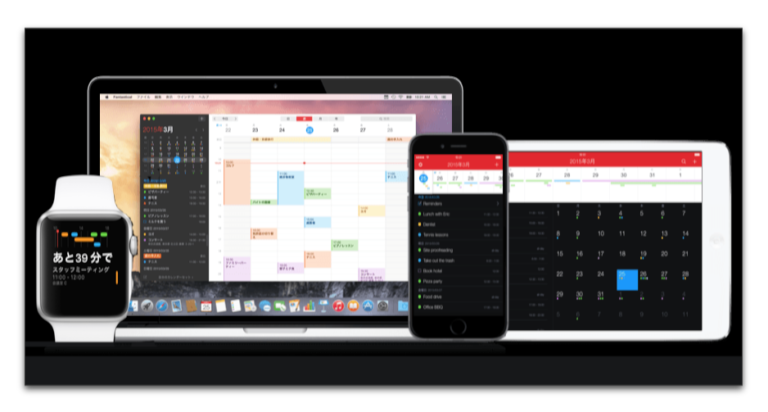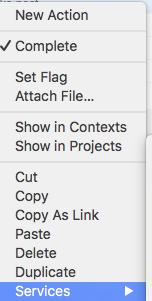

And you feel that somehow you understand the tool better than other people, including the developers themselves. You start to have ideas for new features – features that would, of course, suit you. It’s easy to develop a sense of entitlement when you use a tool for so long. Originally designed around the Getting Things Done methodology, and now on its third major version, OmniFocus has grown to be one of the most feature-rich task managers on any platform – far surpassing the common, but inadequate title of a to-do list.Īs an OmniFocus fan for nearly a decade I can sympathize with the strong opinions that grow out of being a heavy user of something. Perhaps Omni's most popular product is OmniFocus – a rich suite of task manager applications for macOS, iOS, iPadOS and web. It's the classic "Adobe" issue: Never remove, only add.

This means any significant changes that Omni makes risk alienating those users – who trust and demand the most from these tools. And when you consider that many of their products are pro-grade, best-of-class examples in each of their categories, you end up with not just passionate users, but demanding ones.

Omni's focus on products and platforms for which they clearly have a passion in turn engenders a lot of the same passion and love from their userbase.
Omnifocus fantastical mac os#
Reminds me of the old days.There are few developers that have as rich of a history as The Omni Group with a product line that can trace its roots back to the earliest days of Mac OS X, Rhapsody, and even NeXTSTEP. It's my favorite new "it just works" feature, at a time when so much of their stuff doesn't. In daily view it is labeled with a car/walking icon and the amount of travel time.įrankly, I have no idea why Apple has been reticent to tell people about travel time when they've obviously put so much effort into designing it - for both iOS 8 and Yosemite. Once travel time has been set for an appointment, you can set alerts based on the start of Travel Time (at start of travel time, 5 minutes before travel time, 30 minutes before travel time, etc.), instead of, say, 30 minutes before the start time of the appointment.įor those appointments, both the iOS and OSX calendar apps will show the padded travel time above the appointment in daily or weekly view. if Maps can determine the appointment's location, you'll get additional options for driving or walking based on current location, and the ability to set an optional starting location. You can set a fixed travel time (5 minutes, 15 minutes, 30 minutes, etc.) for any appointment. As a result, I pretty much never open the standard Calendar app on OS X. Siri is eroding away the uniqueness of this feature, and I'm not particularly complaining, though there are times you don't want to look that nerdy.Īs a bonus, I really, REALLY like that the Mac version is essentially a duplicate of the iOS version, available in a box in the corner of my screen, a split second and one key-combo away, giving me the same immediate situational awareness (and natural language input) as the iOS version. The second feature, for me, is the natural language input for creating an event - when adding an event while simultaneously talking to a human, I find this much easier to use than a checkbox/dial-spin form. This is the reason why Fantastical is on the front page of the home screen on my iPhone, and Calendar.app is in a folder called "Built-ins" on the last page of my home screen. The first I'd call, hmm, "situational awareness" - having a main view that shows the location of today in the context of the current week or month of the calendar on the upper part of the screen, with the events for today and the next few days on the lower part of the screen - that covers 95% of what I want to see from/in the calendar ("where in the week/month are we" and "what is coming up today and in the next few days"), all on one screen without having to tap anything or click back and forth between screens (the stock Calendar.app has improved over the years, but still doesn't reach this level of immediate access in a easy-to-read form, indeed, it's one of the places where iOS is a little too flat now, and it hampers readability). The built-in calendar has improved dramatically over the last few revisions, compared to when Fantastical first came out.


 0 kommentar(er)
0 kommentar(er)
